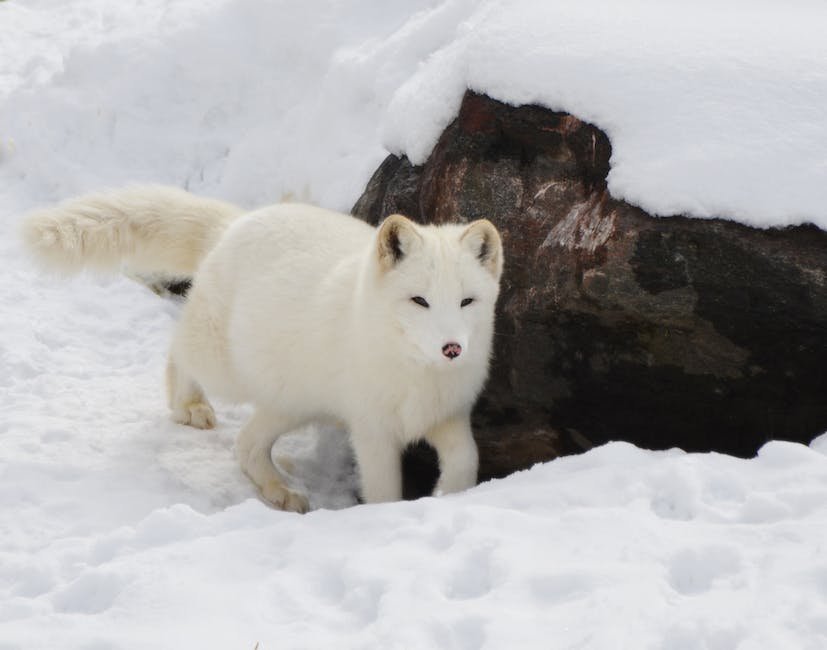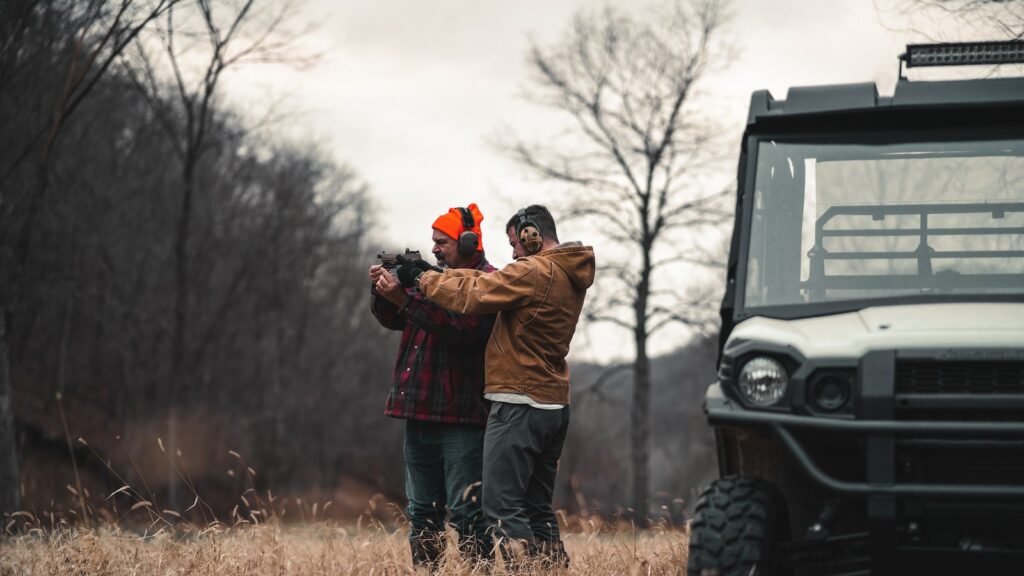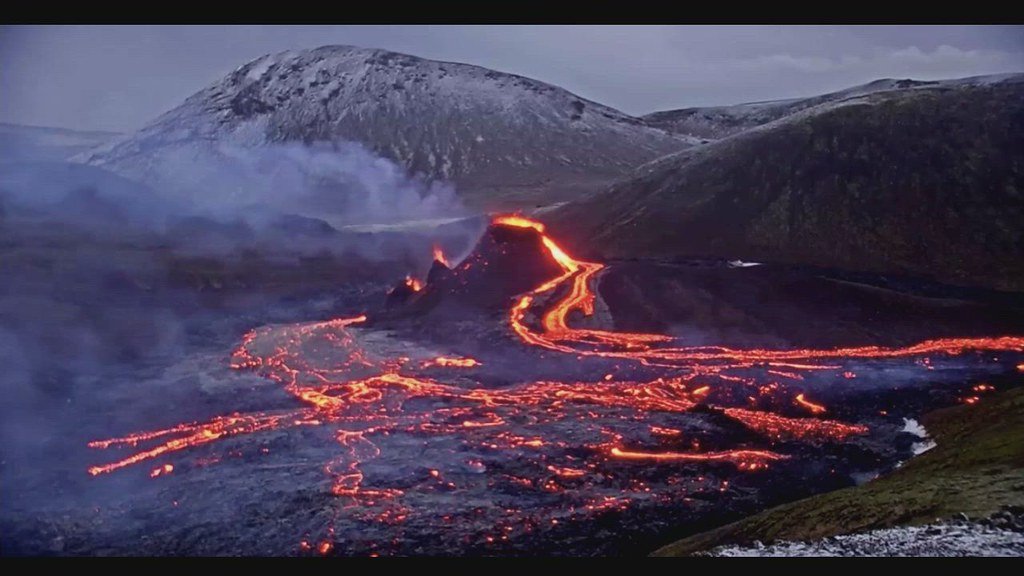Now Reading: How to Hunt in Different Altitudes
-
01
How to Hunt in Different Altitudes

How to Hunt in Different Altitudes
Imagine standing on a snow-capped mountain peak, the crisp air biting at your nose as you peer through your binoculars, scanning the vast expanse of wilderness below. The alpine landscape stretches endlessly, presenting an array of challenges and opportunities for hunters. Hunting in different altitudes demands a unique set of skills and strategies, as the environment and the prey change with each elevation. From the dense forests of lowlands to the treacherous slopes of high mountain ranges, this article delves into the art of hunting across various altitudes. Whether you are a seasoned hunter looking to expand your horizons or an aspiring adventurer seeking new thrills, let us unravel the secrets of hunting in diverse altitudes, and discover the world that awaits beyond the clouds.
Table of Contents
- Altitude Considerations for Hunting: A Comprehensive Guide
- Understanding the Effects of High Altitude on Hunting Success
- Adapting Hunting Strategies to Low Altitude Environments
- Mastering the Challenges of Hunting in High Altitude Areas
- Q&A
- In Summary

Altitude Considerations for Hunting: A Comprehensive Guide
When it comes to hunting, there’s more than meets the eye – especially when it comes to altitude considerations. Understanding the impact of altitude on your hunt is crucial for a successful and safe experience. Here’s a comprehensive guide to help you navigate the challenges and make the most out of your hunting adventure.
1. Adjusting to Altitude:
One of the key factors to bear in mind is adjusting to high altitudes. As you ascend, the air becomes thinner and oxygen levels decrease. This affects both your body’s performance and mindset, so it’s important to acclimatize gradually. Start by spending a few days at a lower altitudes, allowing your body to adjust and giving yourself time to fully adapt.
2. Physical Preparation:
Altitude hunting demands a physically fit hunter. Engaging in regular cardio and endurance exercises in the months leading up to your hunt can significantly improve your performance in high altitudes. Cardiovascular activities like hiking, biking, or running can enhance your lung capacity and improve stamina. Remember to consult your physician if you have any pre-existing health conditions.
3. Hydration is Key:
Staying well-hydrated is crucial when hunting at high altitudes. As the air is drier, your body loses water faster through respiration and sweat. Carry a sufficient amount of water and electrolyte-rich beverages to prevent dehydration. Remember, dehydration can lead to altitude sickness, which can spoil your hunting experience.
By considering these important factors – adjusting to altitude, physical preparation, and hydration – you can plan and execute an unforgettable hunting experience amidst challenging altitudes. Stay informed, stay safe, and make every moment count in the breathtaking wilderness!

Understanding the Effects of High Altitude on Hunting Success
The Challenges of Hunting at High Altitude:
Hunting at high altitudes poses unique challenges and can significantly affect your chances of success in the field. As you ascend to higher elevations, the atmospheric pressure decreases, resulting in reduced oxygen levels. This reduction in oxygen saturation can have a profound impact on your physical performance, making even simple activities like hiking or tracking game more challenging.
Physical Effects:
- Shortness of breath: With a decrease in oxygen availability, you may experience shortness of breath even during light exertion. It is essential to pace yourself and conserve energy to avoid exhaustion.
- Decreased stamina and muscle fatigue: The reduced levels of oxygen can lead to muscle fatigue much quicker than at lower altitudes. Your body will require more time to recover and adjust to the low oxygen environment.
- Headaches and dizziness: Another common effect of high altitude is the potential for headaches and dizziness. These symptoms are often associated with altitude sickness, caused by the body’s struggle to acclimate to the change in oxygen levels. Taking regular breaks, staying hydrated, and gradually ascending can help alleviate these symptoms.
Impact on Aiming:
At high altitudes, the decreased air density affects projectile behavior, making it unpredictable. Your bullets or arrows may experience greater drop and deviation, impacting your accuracy. It is crucial to spend time at the range, testing and adjusting your equipment to compensate for these variables. Additionally, the elevation may affect your vision and depth perception, especially when ranging targets.

Adapting Hunting Strategies to Low Altitude Environments
Exploring the depths of low altitude environments requires a different set of hunting skills and strategies. As hunters, we are accustomed to adapting our techniques based on the terrain, weather conditions, and the behavior of our prey. However, hunting in low altitude regions presents a unique set of challenges that demands a fresh approach to maximize success in the hunt.
One key aspect of adapting to low altitude environments is adjusting to the reduced level of camouflage provided by the surroundings. In these open landscapes, blending in becomes crucial to avoiding detection by keen-eyed animals. Utilizing earthy tones and incorporating natural elements such as branches or leaves into your camouflage outfit can help break up your silhouette and allow you to move undetected.
- Vary Your Techniques: In low altitude environments, animals tend to have different feeding and movement patterns compared to their counterparts at higher altitudes. It is crucial to learn and understand these behavioral differences in order to increase the chances of a successful hunt. Observe the habitats and study the patterns of your target species to tailor your approach accordingly.
- Master Stealth: With less cover to conceal your movements, perfecting the art of stealth is paramount. Move slowly and deliberately, placing each footstep with care to minimize noise and disturbance. Pay attention to wind direction and keep your scent to a minimum by adopting scent-blocking measures.
- Use Technology to Your Advantage: In the modern age, technology has become an invaluable tool for hunters. Low altitude environments present an ideal opportunity to utilize tools such as trail cameras and GPS trackers to monitor animal movements and identify potential hunting locations. Additionally, thermal imaging devices can provide an edge in detecting the presence of animals, especially during low-light conditions.
Adapting our hunting strategies to the challenges presented by low altitude environments is an exciting endeavor. By mastering camouflage techniques, varying our hunting techniques, perfecting our stealth, and utilizing modern technology, we can increase our chances of a successful and rewarding hunting experience in these unique and captivating landscapes.
Mastering the Challenges of Hunting in High Altitude Areas
Hunting in high altitude areas presents a unique set of challenges that require careful preparation and adaptation. The thin air, extreme temperatures, and rugged terrain demand a different level of physical and mental endurance. Here are a few tips to help you master these challenges and make the most of your hunting experience:
- Physical Conditioning: Prioritize a comprehensive fitness regimen that includes cardio exercises, strength training, and high-altitude workouts. This will enhance your endurance, improve your oxygen intake, and make it easier for you to navigate the challenging terrain.
- Acclimatization: Give your body time to adjust to the altitude before embarking on your hunting trip. Spend a few days in the area to allow your body to adapt to the decreased oxygen levels and prevent altitude sickness. Hydrate well and avoid overexertion during this period.
- Gear and Equipment: Invest in high-quality gear suitable for high-altitude hunting. Lightweight clothing layers that can be easily adjusted are essential to adapt to fluctuating temperatures. Additionally, sturdy footwear with good traction is crucial to navigate the steep and uneven terrain.
Remember, hunting in high altitude areas requires not only physical fitness but also mental preparedness. Stay focused, take regular breaks to catch your breath, and enjoy the breathtaking landscape as you embrace the challenges that come with this unique hunting experience.
Q&A
How does hunting in higher altitudes differ from hunting in lower altitudes?
Hunting in higher altitudes requires adjustments due to lower oxygen levels and the generally colder weather. Animals at higher altitudes may also have different behavior and migrate patterns compared to those in lower altitudes.
What are some key tips for hunting in higher altitudes?
First and foremost, it’s crucial to prepare yourself physically and mentally for the strenuous conditions. Acclimatization is important to cope with the reduced oxygen levels, and layering clothing is essential to regulate body temperature. Additionally, studying animal movement patterns and adjusting hunting techniques accordingly will increase the chances of success.
What precautions should be taken when hunting in high altitudes?
Being aware of altitude sickness and its symptoms is vital. It’s important to drink plenty of water, maintain a slow pace, and listen to your body. Pack necessary safety gear and inform someone of your hunting plans, in case of an emergency.
Are there any specific challenges hunters may encounter in higher altitudes?
Hunters may encounter unpredictable weather conditions and rapid changes in terrain, making navigation challenging. Additionally, animals at higher altitudes are often more wary and have better senses, requiring hunters to be even more patient and stealthy.
What are some hunting techniques that work well in high altitudes?
Spot and stalk hunting, where hunters observe animals from a distance and then move closer for a good shot opportunity, is an effective technique at higher altitudes. Glassing, using binoculars or spotting scopes, is also beneficial to spot animals from afar in the vast open landscapes.
How can hunters adapt to the thinner air at higher altitudes?
To adjust to thinner air, hunters should focus on physical conditioning before heading into higher altitudes. Gradual acclimatization and controlled breathing techniques can help combat altitude sickness and improve overall endurance.
What are some animal hunting habits to be aware of in higher altitudes?
In higher altitudes, animals may be more active during early morning and late evening hours to avoid the harsh midday sun. Pay attention to their migratory patterns and feeding areas, as animals in mountainous regions often move to lower elevations during certain seasons.
What equipment and gear should hunters carry while hunting in high altitudes?
Aside from basic hunting gear, it’s important to have reliable navigation tools, adequate clothing layers for changing weather conditions, a high-altitude tent for overnight hunts, and emergency supplies including a first-aid kit, compass, and satellite communication device.
In Summary
As we wander through the ethereal landscapes of different altitudes, the art of hunting takes on a mesmerizing transformation. From the rugged terrains of the towering mountain peaks to the whispering valleys nestled in the foot of these giants, every region offers its unique challenges and enthralling rewards. Our journey through the secrets of hunting in various altitudes ends here, but its spirit continues to echo deep within our adventurous souls.
With each step we take, the air becomes thinner, crisper, and the scent of excitement intensifies. High-altitude hunting offers an extraordinary blend of breathtaking beauty and untamed wilderness. In these lofty realms, where the heavens seemingly descend to kiss the Earth, one must become a true master of stealth, agility, and adaptability, unlocking the secrets of stalking elusive prey.
Descending from the lofty expanses, we find ourselves in the heart of the mid-altitude realm. Here, a dance unfolds between the echoes of nature and the rhythm of hunting. Amidst dense forests, sprawling meadows, and intricately woven riverine networks, the skilled hunter embraces the harmony of patience and perseverance. Prowling through this diverse paradise, one must possess an intuitive bond with the surroundings, decoding the language of hidden trails and guiding us closer to our target.
As we venture even further, we plunge into the embrace of low-altitude hunting. Here, the landscape transforms into a symphony of vibrant colors and symmetrical contours. Rolling hills, vast grasslands, and meandering rivers enchant the senses, nurturing an exhilarating bond between the hunter and their surroundings. In these temperate realms, a stark contrast emerges, where patience melts into a blend of quick reflexes and silent precision, culminating in the perfect harmony of skill and instinct.
Now, adventurers, equipped with the wisdom and knowledge bestowed upon you, go forth into the wild with the agility of a mountain goat, the grace of an eagle, and the tenacity of a river’s current. Embrace the challenge, respect nature, and let the hunt guide you through the labyrinthine mysteries of diverse altitudes.
Remember, this is not merely about pursuing a target; it is about embracing a way of life. It is about connecting with the raw allure of the wilderness and venturing into the realms where legends are born. The pursuit of hunting transcends boundaries, curates stories, and unveils the extraordinary bonds that tie us to the wilderness.
So, dear readers, go forth and embark on your own odyssey of hunting in different altitudes. May your footsteps leave behind tales of resilience, your arrows find their mark with precision, and your spirit soar high with the wind. As you embrace the splendors hiding within lofty heights, mesmerizing valleys, and enchanting meadows, remember that the true conquest lies not merely in the kill, but in the eternal embrace of Mother Nature.
For within her embrace, we discover not only the hunter within, but our own place among the stars. Farewell, fellow adventurers, as you set forth on your own remarkable hunting expeditions.
As an affiliate, my content may feature links to products I personally use and recommend. By taking action, like subscribing or making a purchase, you’ll be supporting my work and fueling my taco cravings at the same time. Win-win, right?
Want to read more? Check out our Affiliate Disclosure page.





